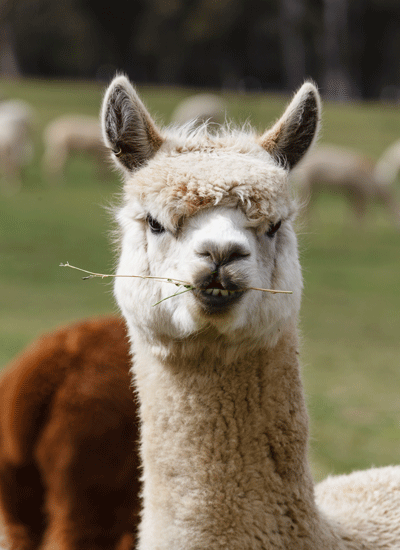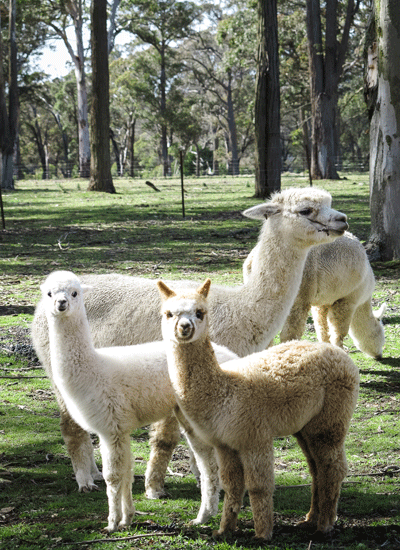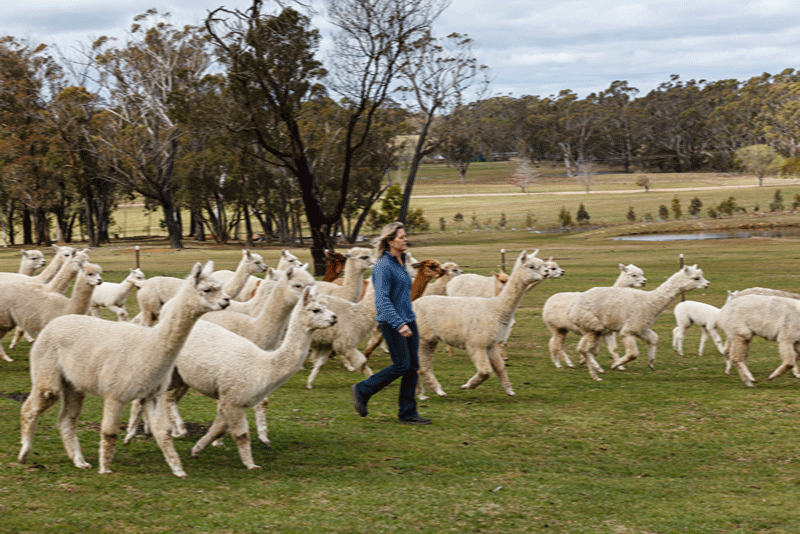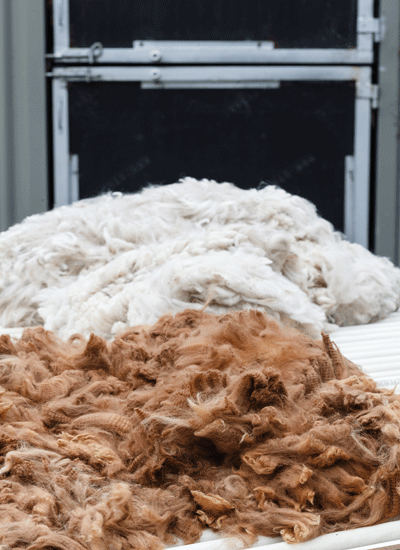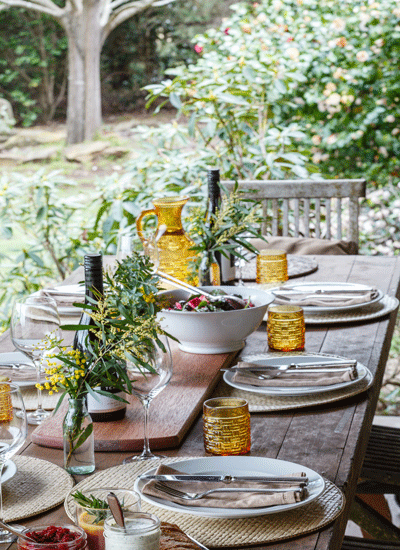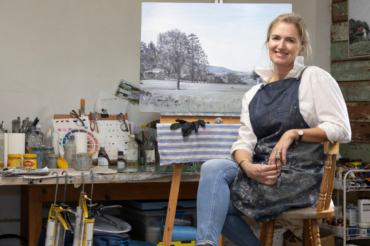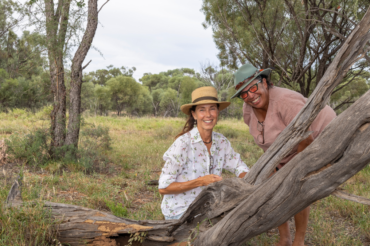As NSW Southern Highlands farmer Jess Whyte puts it, alpaca is the sheep of South America. Farmed for its meat as well as its fibre, alpaca is such a common source of protein in countries such as Chile, Peru and Bolivia that it is the meat of choice for fast food chain burgers. In Australia it’s a different story and as far as Jess is aware, she is one of only two commercial alpaca meat farmers in NSW and a handful across the country. But not for long, if Jess has any say in the matter. The one time phys ed teacher turned marketing executive for several high-end dinnerware companies is now on a sales mission of a different kind. At farmers’ markets and food and wine fairs right across the Sydney basin, she is determined to convert Australians to the delights of alpaca meat. “The most common reply is ‘ooh, how could you?’,” she candidly admits of most market-goers’ initial response when offered a taste of grilled alpaca, or alpaca burgers and sausages. “But once they’ve tasted it, 80 per cent of people end up buying some to take home.”
Indeed, there are many reasons for converting to alpaca meat. It’s an incredibly lean protein source, and apart from the obvious health benefits, it’s a meat that takes on flavours readily. It’s mild in flavour — somewhere between lamb and veal — and the premium cuts such as fillet, cutlets and striploin need only flash cooking for maximum flavour and tenderness. Shanks, osso buco cuts, and diced alpaca respond well to slow cooking in casseroles and curries, while legs and shoulders should be treated like turkey and either cooked in a slow-cooker or an oven bag.
Alpacas belong to the camelid family, which includes llamas, vicuñas and of course, camels. They are intriguing animals as they are natural herd protectors and are hardwired to look after each other and other animals. Female alpacas gather around a birthing mother to protect both her and the chia (baby) during labour and immediately after birth, and alpacas also usually give birth in the middle of the day, a legacy of their Andean ancestry, when a newborn could easily die of cold in the night.
As farm animals, alpacas touch the earth lightly. Their feet have soft pads rather than hooves, so their impact on the soil is minimal. They graze gently, eating the tops off the grass rather than ripping it out by the roots, which means paddocks don’t have to be rotated as frequently, and they defecate in dung piles, which reduces the likelihood of parasite cross infection and therefore, the need for frequent drenching or chemical interventions. Jess has been breeding alpacas, originally for their fleeces, for five years and has only diversified into meat in the past two years. “When I moved down here from Sydney, I looked around for options for what I could farm on 100 acres and I narrowed it down to truffles and alpacas,” she says. “I’ve always been crazy about animals, so alpacas seemed the best choice. Initially I bred them as lifestyle animals and herd protectors, but once I became aware of the quality of their meat it seemed a natural progression.”
Jess breeds Huacaya alpacas, as their fleece demonstrates the desirable attributes of crimp and crinkle, a natural wave in the fibre that creates a yarn that retains its shape through time. “Alpaca fibre is several times warmer than wool,” Jess explains. “It is as soft as cashmere, but it has a smoother cuticle, which can make it feel even softer. Many people who can’t tolerate wool next to their skin can wear alpaca.” The fibre is sorted into 22 colours ranging from black through brown to white, which is the preferred colour for most growers producing fleece for yarn for dyeing. The fleece has no lanolin, which means it takes and retains dyes without losing its sheen. As an adjunct to her market stall Jess is having yarn milled for knitting, but her customers tend to prefer the natural colours so she has deliberately introduced some coloured males into her herd. Spring is shearing season in the Southern Highlands, where overnight temperatures are frequently in single figures well into October. “I shear later than many farms,” she says. “Because my number one priority is for the welfare of my animals.”
Read more about the Jess Whyte’s alpaca farm in the November issue of Australian Country magazine, available for order and online now!

